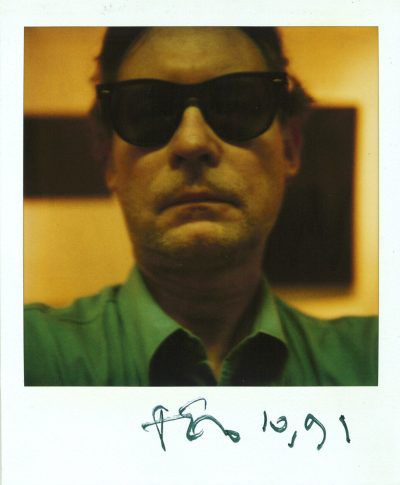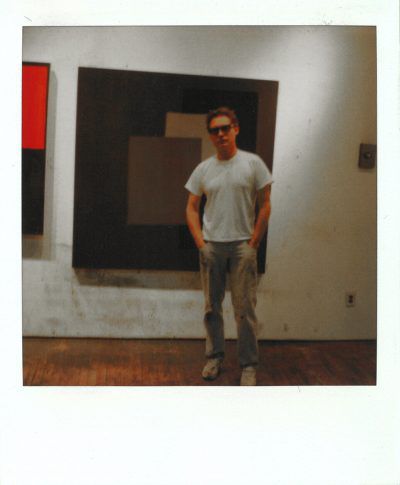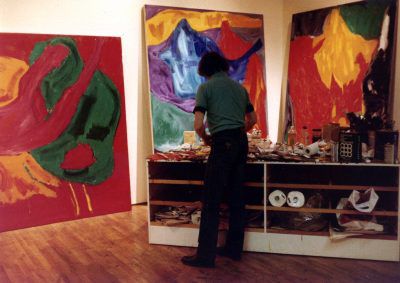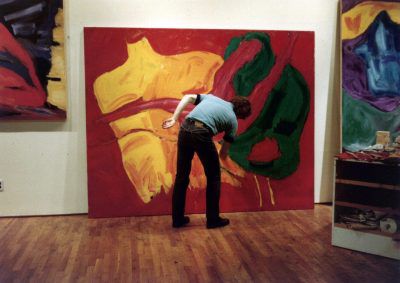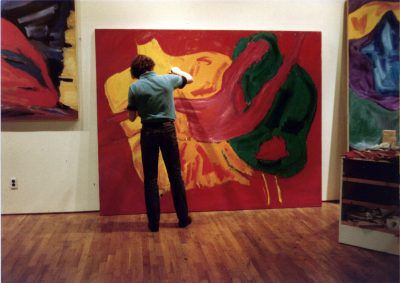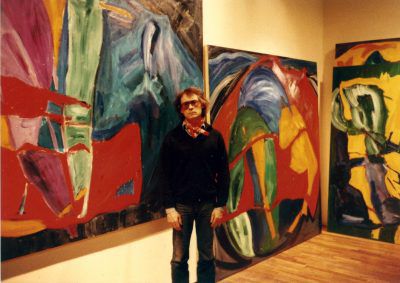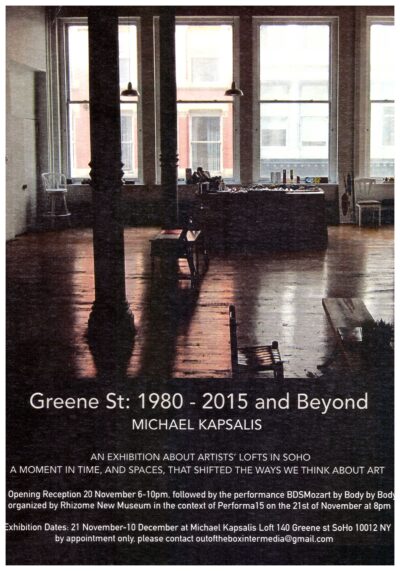Michalis Kapsalis was born in October 1939 in Berlin. In 1951, at the age of 12, he came to Greece and joined the Anavryta School, which had been founded only two years previously and implemented an innovative curriculum, both for its boarders and day students. After completing his studies, he once again left Greece, bound, this time, for the west coast of the United States and the University of California. He spent the next few years there, studying theatre, philosophy and literature.
In contrast to the subject of his studies, he pursued a career in shipping from a very young age. Originally with Typaldos, then the Chandris Group and, from 1966 onwards, with Epirotiki, where he became established as the expert par excellence in the cruise sector, which he served professionally for more than fifty years. In fact, from 2012 and until the end of his life, he was vice President for cruises at the Association of Passenger Shipping Companies.
Always restless and multifarious, Michalis Kapsalis did not allow his demanding professional life to overshadow his artistic and overall intellectual evolution. Living in New York during the 1960s, he was fortunate enough to develop his artistic consciousness in a thrilling environment. The visual art scene was dominated by abstract expressionism and hosted some of the most important exhibitions of its representatives, such as Mark Rothko (MoMA, 1961), Hans Hoffmann (MoMA, 1962) and Jackson Pollock (MoMA, 1967). It could be said that these artists, who belong in the generation preceding Kapsalis’ (Rothko 1903, De Kooning 1904, Pollock 1912), exerted the first but also the most meaningful influence upon his work. At the same time, his frequent travels to Europe gave Michalis Kapsalis the opportunity to become acquainted with the art and the movements of Europe, during an equally critical and creative period. Artists such as Jean Dubuffet and Max Beckman, who had also shown their work in America, are yet another significant reference in his development as an artist.
His decision to settle in New York’s SoHo in the early 80s was definitive both in terms of his life and his work. His loft studio at 140 Green Street was at the heart of the social and artistic life of the American metropolis. With its large windows and high ceilings, it was the ideal environment for the type of painting Kapsalis had already begun to settle on. Large-scale works, usually with bold colours, and constant experimentations with shapes, forms, and colour contrasts.
Even though he continued to travel – and even kept a small studio in Greece for the time he spent there – it was at his loft studio in SoHo where he created his most important works. At the same time, the loft also served as a meeting point for several artists, musicians and intellectuals of that era. Making up this group were, among others, the acclaimed sculptors Lynda Benglis (1941) and Elyn Zimermman (1945), the painter Ron Gorchov (1930-2020) and Paula Cooper, who had opened the first gallery in SoHo in 1968, promoting mostly works of conceptual and minimalist art.
His personality, on the one hand, and his financial independence on the other, enabled him to work and develop as an artist without being reliant on the art market. This does not mean that he treated the creative process as a hobby: on the contrary, the consistency and organisation that characterised his work, as well as his prolific output, attest to a conscious artist much more than a successful businessman. Having said that, however, he was in a position to make his own choices about the way he managed his work. He held very few exhibitions in galleries, choosing, instead, to sell directly to art lovers whom he knew personally, and preferred to show his work at his studio, where interested parties could view it in its natural environment. Even the (very few) exhibition catalogues that he released, he created, produced and printed himself.
In addition to painting, he also experimented with sculpture, to create a series of works in metal and wood. Moreover, from the 1960s onwards, he wrote poems regularly, some of which he self-published in the English language.
His death in January 2017 signalled the beginning of a systematic, concerted effort to catalogue and study his lifetime’s work, so that it could claim its rightful place in the history of art.


